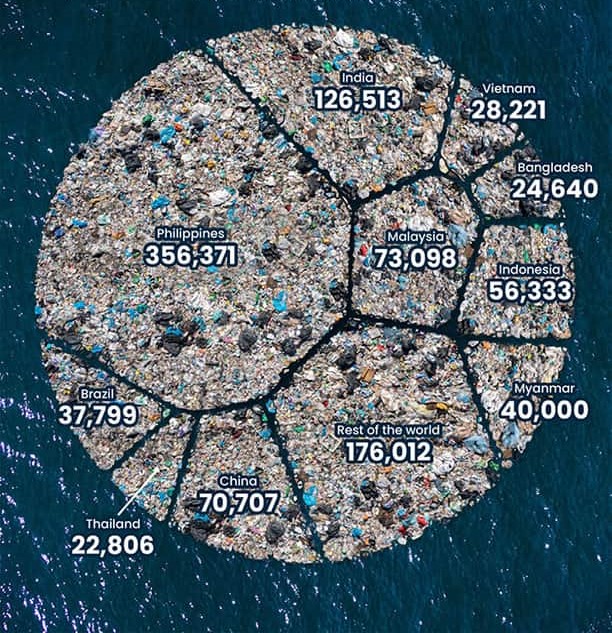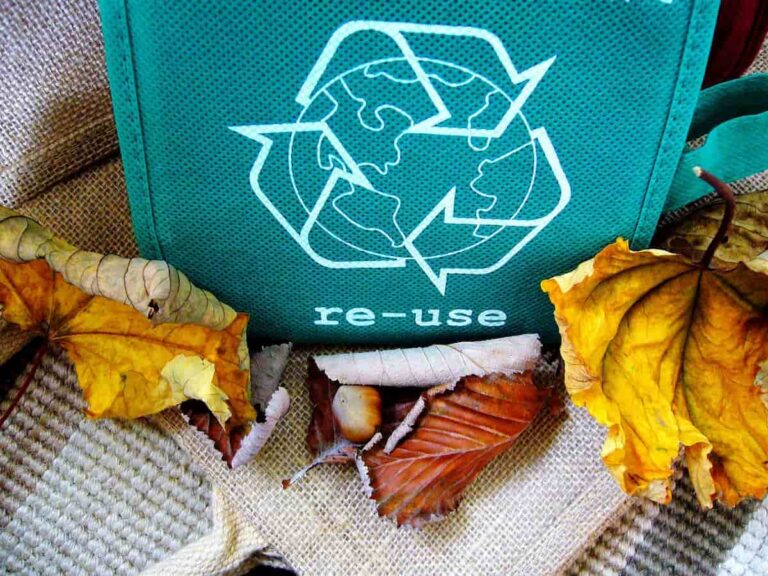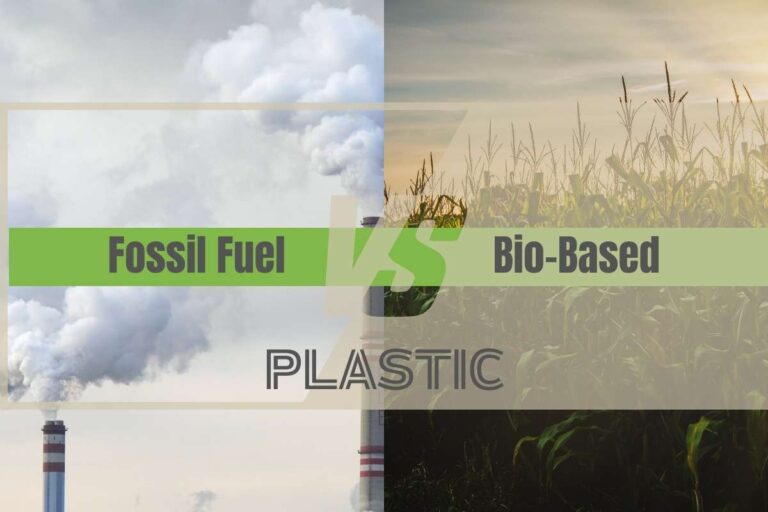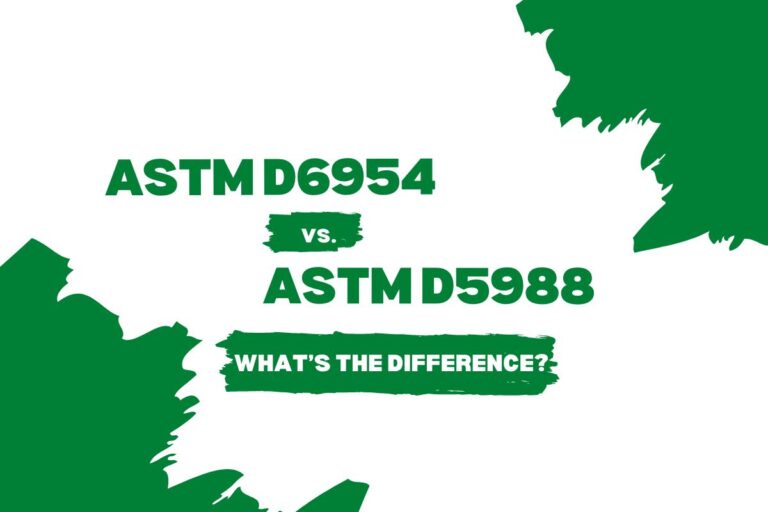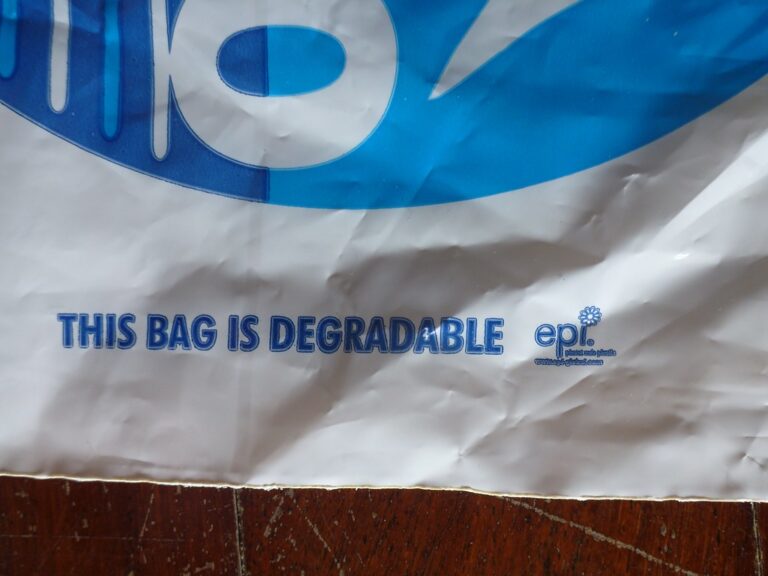Top 10 highest ocean plastic waste polluters in the world
Plastic pollution has emerged as one of the most pressing environmental challenges of our time, with millions of tons of plastic waste entering the oceans each year. This issue not only threatens marine life but also disrupts ecosystems and poses risks to human health.
A significant portion of this oceanic plastic waste originates from a handful of countries that grapple with high plastic consumption rates and inadequate waste management systems. Understanding which nations are the largest contributors to ocean plastic pollution is crucial for developing targeted interventions and global strategies to address this crisis.
What country dumps the most plastic in the ocean?
According to a study published in Science Advances, the top ten countries contributing the most to ocean plastic pollution are:
1. Philippines
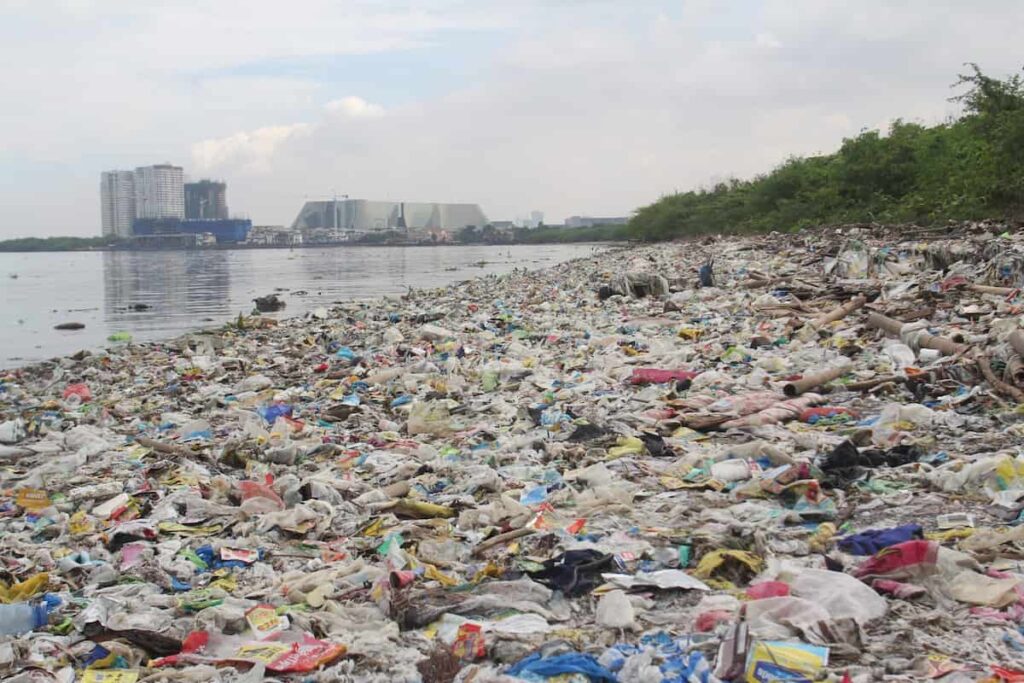
356,371t.
metric tons of plastic waste into the ocean in a year*
The Philippines is the leading contributor to ocean plastic pollution, responsible for approximately 356,371 metric tons annually, which accounts for about 36% of the global total.
The country’s geographical layout, comprising over 7,500 islands and extensive coastlines, exacerbates the problem. Seven of the world’s ten most polluted rivers, including the Pasig River, are located here.
The prevalence of single-use plastics, driven by a culture of using sachets for consumer goods, significantly contributes to this pollution. The country struggles with inadequate waste management systems, leading to substantial leakage into waterways and, ultimately, the ocean.
2. India

126,513t.
metric tons of plastic waste into the ocean in a year*
India ranks second, contributing around 126,513 metric tons of plastic waste to the oceans. Rapid urbanization, population growth, and insufficient waste management infrastructure are significant factors.
Many rivers in India, such as the Ganges, are heavily polluted, and a considerable amount of plastic waste is mismanaged, leading to direct entry into marine environments. Efforts to improve waste management and recycling practices are ongoing, but challenges remain due to the sheer volume of waste generated.
3. Malaysia
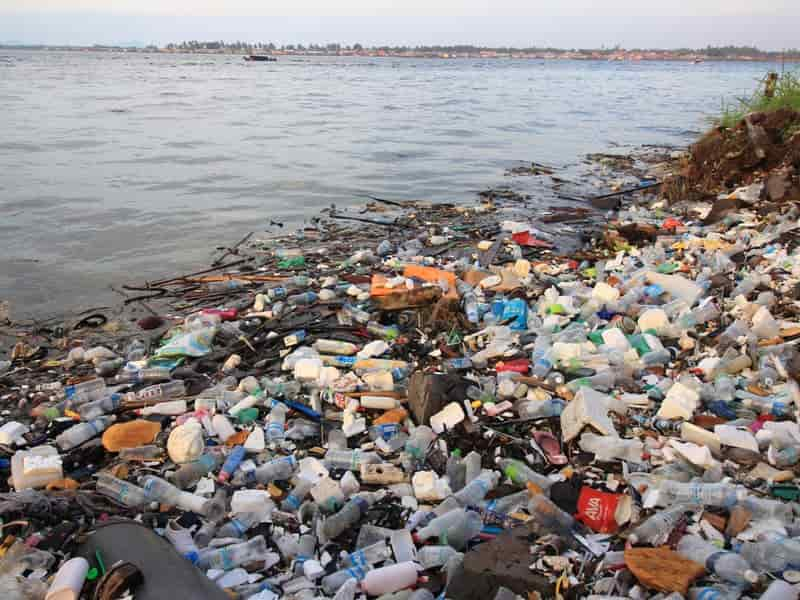
73,098t.
metric tons of plastic waste into the ocean in a year*
Malaysia contributes approximately 73,098 metric tons of plastic waste to the oceans. The country faces challenges related to waste management, particularly in urban areas where infrastructure is often overwhelmed.
A significant portion of plastic waste comes from urban runoff and inadequate disposal practices. Malaysia has been working to enhance its recycling capabilities and reduce reliance on single-use plastics, but the problem persists.
4. China
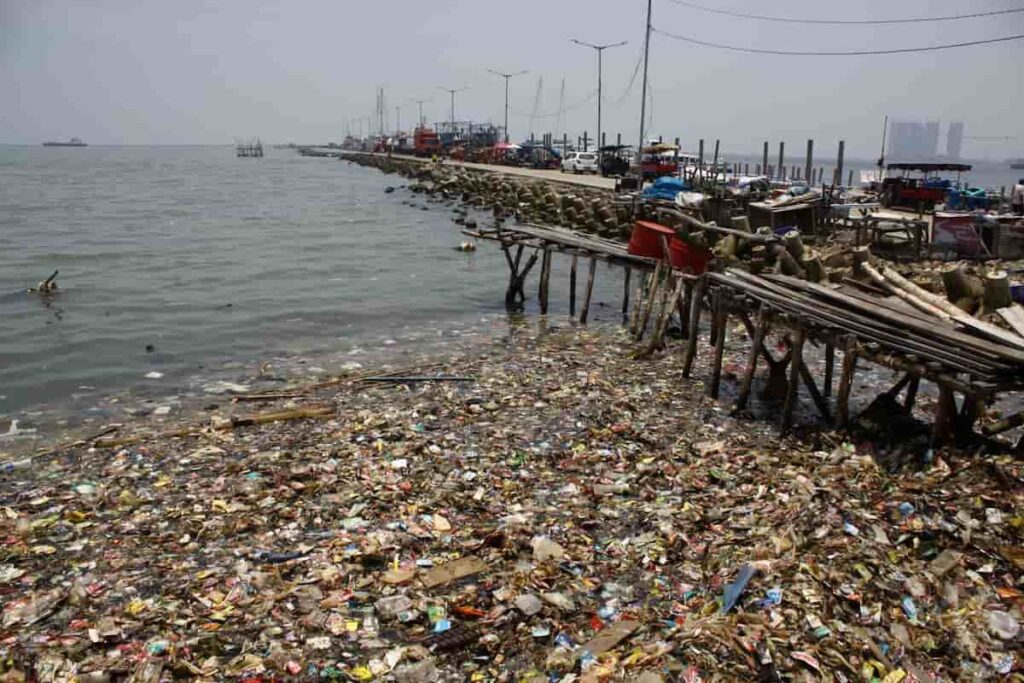
70,707t.
metric tons of plastic waste into the ocean in a year*
China is responsible for about 70,707 metric tons of ocean plastic pollution. Although the country has made strides in waste management and recycling, the sheer volume of plastic consumption remains high.
Many rivers in China are significant contributors to marine plastic pollution, and despite improvements in waste management, illegal dumping and inadequate infrastructure in rural areas continue to pose challenges.
5. Indonesia

56,333t.
metric tons of plastic waste into the ocean in a year*
Indonesia contributes around 56,333 metric tons of plastic waste to the oceans. Similar to the Philippines, it is an archipelago with many rivers that facilitate the transport of plastic waste into the ocean.
The country has been working on initiatives to improve waste management and reduce plastic consumption, but challenges such as poverty and lack of infrastructure hinder progress.
6. Myanmar
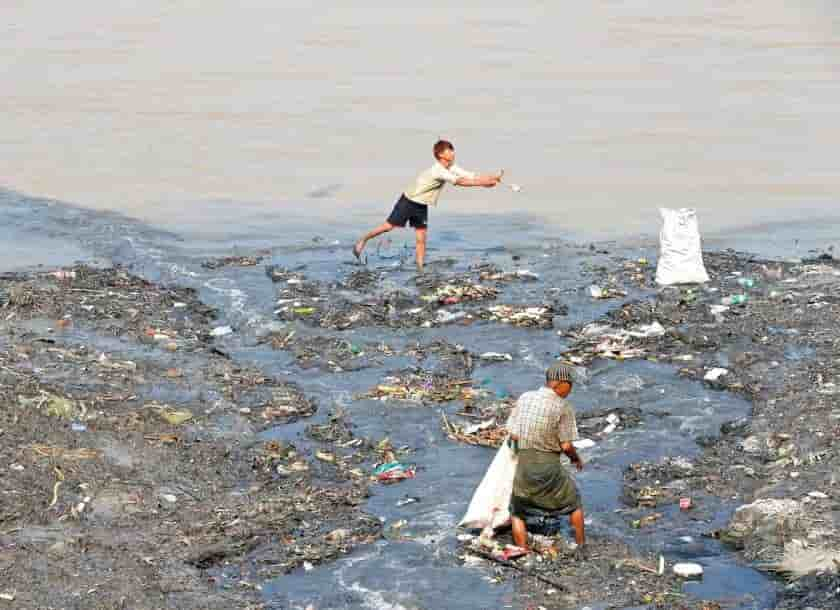
40,000t.
metric tons of plastic waste into the ocean in a year*
Myanmar generates approximately 40,000 metric tons of plastic waste annually. The country faces significant challenges in waste management, with many areas lacking proper disposal facilities.
Rapid urbanization and limited public awareness about plastic pollution exacerbate the problem. Efforts to improve waste management infrastructure are essential for addressing this issue.
7. Brazil
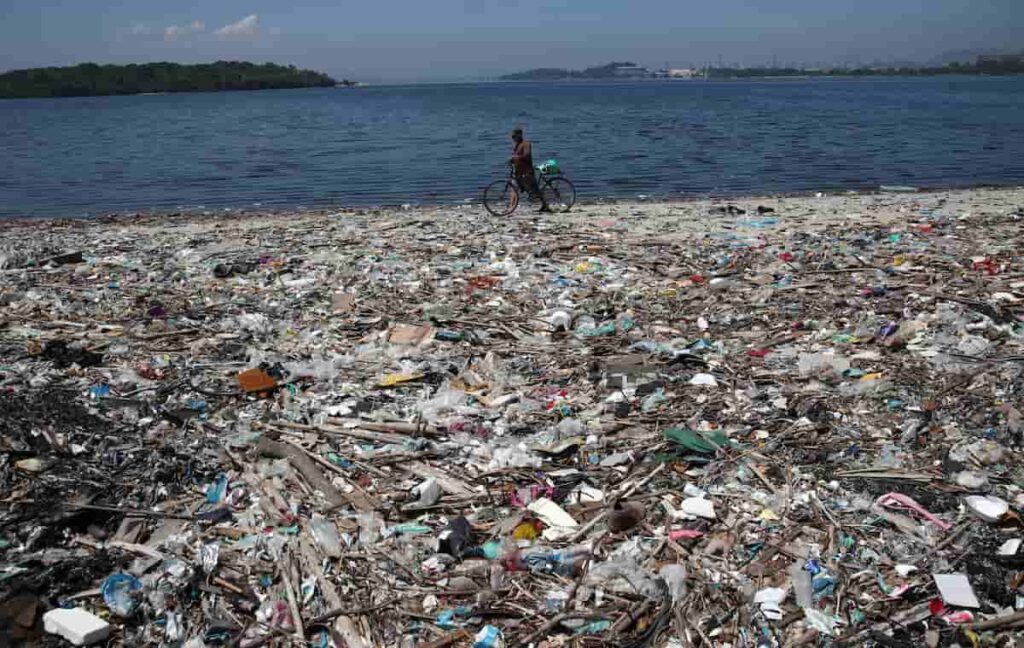
37,799t.
metric tons of plastic waste into the ocean in a year*
Brazil, the only non-Asian country in the top ten, contributes about 37,799 metric tons of plastic waste to the oceans. The country’s large population and urban centers generate substantial waste, and while Brazil has made strides in recycling, many areas still struggle with effective waste management.
The Amazon River, one of the world’s largest, also plays a role in transporting waste into the ocean.
8. Vietnam
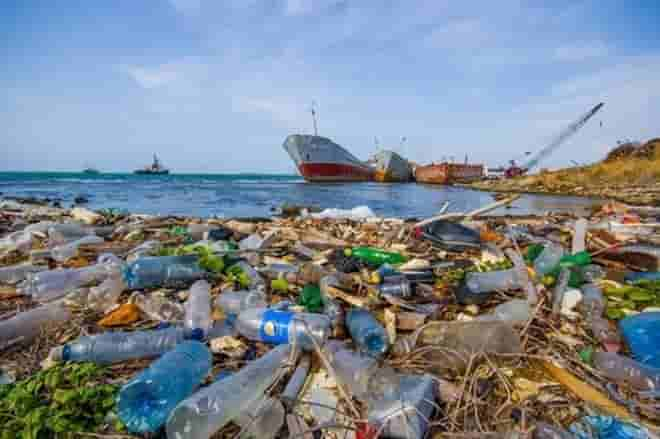
28,221t.
metric tons of plastic waste into the ocean in a year*
Vietnam contributes around 28,221 metric tons of plastic waste to the oceans. The country has seen rapid economic growth, leading to increased plastic consumption. However, waste management systems have not kept pace, resulting in significant leakage into waterways.
Efforts are underway to improve recycling rates and reduce plastic use, but challenges remain.
9. Bangladesh
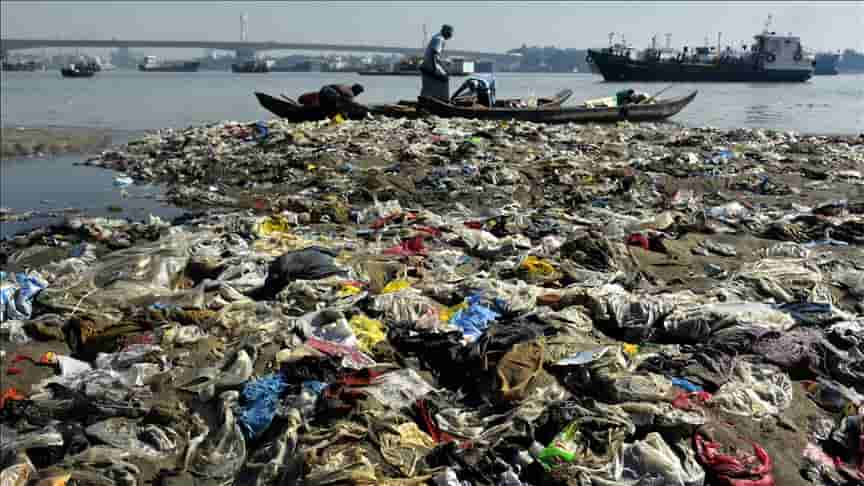
24,640t.
metric tons of plastic waste into the ocean in a year*
Bangladesh generates approximately 24,640 metric tons of plastic waste annually. The country faces severe waste management challenges due to high population density and urbanization.
Many rivers are heavily polluted, and plastic waste often ends up in the ocean. Initiatives to improve waste management and public awareness about plastic pollution are crucial for addressing the issue.
10. Thailand

22,806t.
metric tons of plastic waste into the ocean in a year*
Thailand contributes about 22,806 metric tons of plastic waste to the oceans. The country has a significant tourism industry, which generates considerable plastic waste. While efforts are being made to enhance waste management and reduce single-use plastics, challenges remain in effectively managing the waste generated by both locals and tourists.
These countries collectively highlight the urgent need for improved waste management practices, public awareness, and international cooperation to combat ocean plastic pollution effectively.
Is water pollution just an Asian problem?
Plastic pollution is indeed a global issue, not confined to Asia.
In Europe, around 32 million tons of plastic waste are generated annually, with 80% of marine litter being plastic. While in the United States, the situation is also concerning being one of the largest producers of plastic waste, generating approximately 105 kg of plastic per person annually.
What is the solution to water pollution?
To tackle plastic pollution effectively, efforts must focus on improving waste management systems, reducing plastic production and consumption, and enhancing recycling infrastructure. Additionally, international cooperation and community awareness play critical roles in combating this global issue.
On the other hand, water-soluble bags offer a novel approach to reducing plastic waste, but they are not a panacea for the broader issue of plastic pollution. They could be a part of a multifaceted solution, which includes reducing overall plastic consumption, improving waste management systems, and investing in truly biodegradable and sustainable materials.
Their development should be accompanied by rigorous testing and consideration of their full environmental impact to ensure they contribute positively to solving the plastic pollution crisis.

